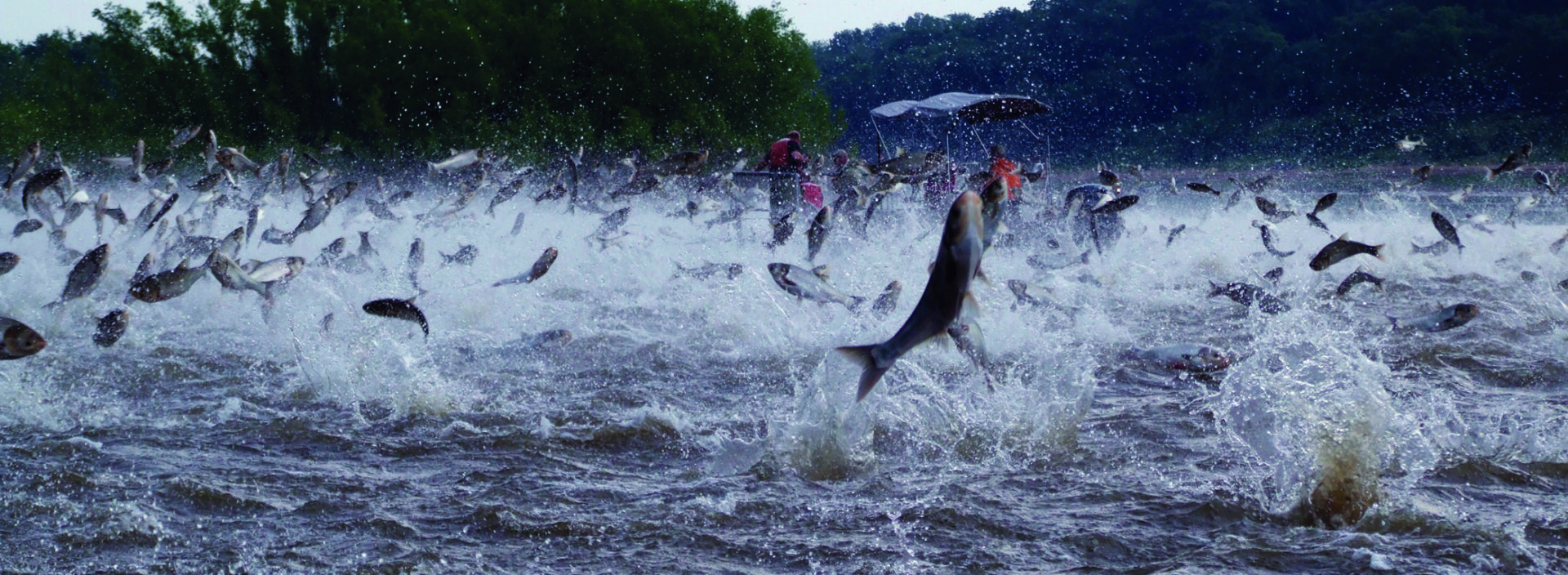Where did curlyleaf pondweed come from?
A native of Eurasia, Africa and Australia, curlyleaf pondweed was accidentally introduced in the 1800s as an aquarium release.
Why is it a problem?
This invasive species starts out strong in the spring with early, rapid growth that can shade out native aquatic plants. When in full growth it can restrict access to docks and sport fishing. Then it dies off in mid to late summer, covering shorelines with decaying piles and reducing oxygen for fish and possibly triggering algal blooms when it decays in the water.
[su_row][su_column size=”1/3″ center=”no” class=””]


What does curlyleaf pondweed look like?
- Leaves are oblong, reddish-green and wavy. Leaf edges are finely toothed.
- Stems are flat, 1-3 feet long and reddish brown.
- The plant grows to depths of 15 feet and drops to the lake bottom in midsummer.
How does it spread?
Curlyleaf pondweed spreads by plant fragments or rooted sections that grow right along the soil surface called “rhizomes.” New plants may also form under the ice in winter.
What habitat does it prefer?
Preferred habitats include shallow, soft bottoms of clear or polluted water bodies. Curlyleaf pondweed is tolerant of low light and low temperatures.
How can curlyleaf pondweed be distinguished from other similar plants?
Its life cycle is unusual enough to help identify it–curlyleaf pondweed is often the first species to appear when the ice melts and it dies back in midsummer.


